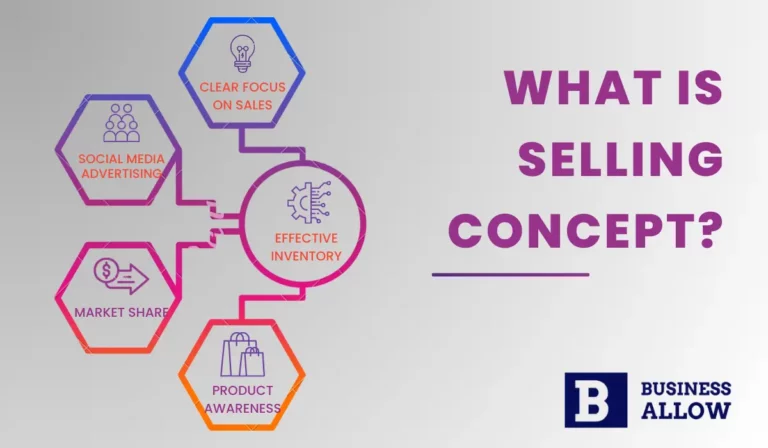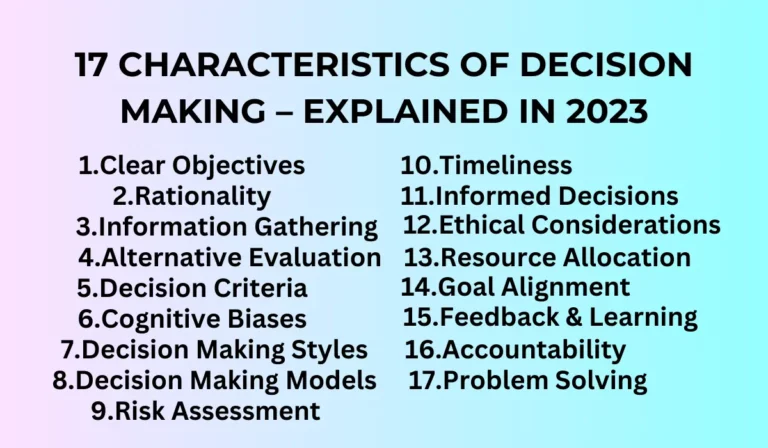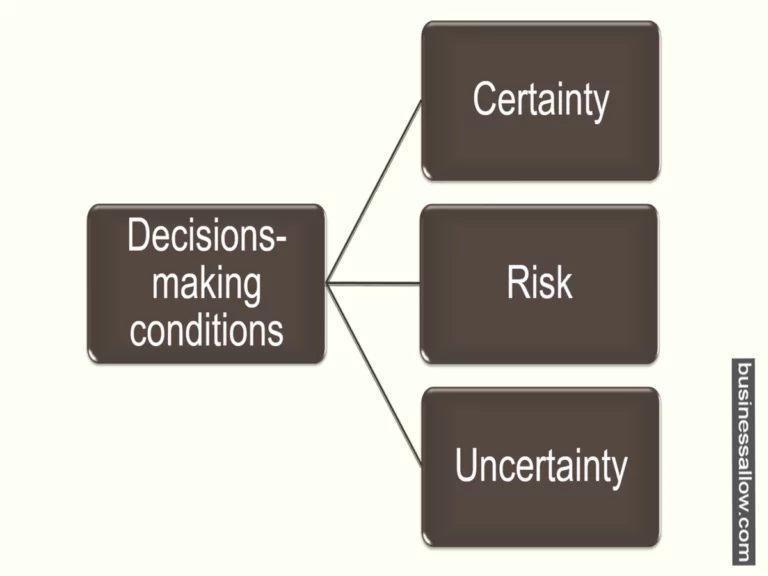Top 5 Core Concepts of Marketing – Comprehensive Guide 2024

Introduction
Understanding the core concepts of marketing in 2024 is the bedrock of successful strategies for individuals and businesses alike. In this post, we delve into these foundational principles, empowering marketers to make informed decisions, craft effective campaigns, and connect meaningfully with their audience. Let’s explore the fundamental concepts shaping the dynamic world of marketing.
Content Outline
What are the Core Concepts of Marketing?
The core concepts of marketing revolve around understanding and meeting customer needs profitably. It’s about creating products and services that fulfill functional requirements and resonate with customer desires. This customer-centric approach guides strategies, pricing, and promotions to build lasting relationships and foster loyalty.
The names of the 5 core concepts of marketing are:
1. Needs, Wants, and Demands
2. Product, Service, and Experience
3. Market, Exchange, Transaction, and Relationship
4. Customer Value and Satisfaction
5. Marketing Mix (4Ps): Product, Price, Place, Promotion
1. Need, Want, and Demand
Unveiling Needs in Marketing: In marketing, needs are the fundamental human requirements for survival. They lay the groundwork for crafting products and services that cater to essential human necessities like shelter, clothing, food, and water.
Deciphering Wants and Their Role in Marketing: Wants in marketing extend beyond the basics, representing desires that enhance the quality of life. Recognizing and comprehending these desires is pivotal for creating products and services that resonate emotionally, driving customer engagement and loyalty.
Exploring the Concept of Demand in Marketing: Beyond desire, demand in marketing reflects a consumer’s willingness and ability to purchase. Understanding and analyzing demand is vital for businesses, guiding pricing strategies and ensuring products or services align with consumer preferences.
Examples of Needs, Wants, and Demand in Marketing: llustrating with examples from Nestle, ICICI Prudential, and consumer electronics companies, we see how these concepts shape successful marketing strategies.
2. Product, Service, and Experience
The Role of Products in Marketing: Tangible or intangible products are designed to satisfy consumer needs and wants. Understanding unique selling points and how products fulfill customer needs is essential for developing compelling marketing strategies.
Understanding Services as a Marketing Concept: Services encompassing intangible offerings focus on quality, reliability, and customer satisfaction. Service marketing emphasizes building and nurturing long-term relationships, driving customer loyalty.
The Importance of Customer Experience in Marketing: Customer experience has become pivotal, influencing brand loyalty and positive word-of-mouth. Delivering exceptional experiences across touchpoints creates lasting impressions, fostering customer satisfaction and advocacy.
Case Studies Highlighting Successful Product, Service, and Experience Strategies: Examining Apple, Starbucks, and Disney, we see how these companies leverage product, service, and experience strategies to create a competitive edge and build lasting customer loyalty.
3. Market, Exchange, Transaction, and Relationship
Understanding the Market in the Context of Marketing: Market analysis involves researching and comprehending the business landscape, enabling informed decisions and effective marketing strategies tailored to target market needs.
Exploring the Concept of Exchange and Its Significance: Exchange, the trading of value between a business and customers, forms the basis of transactions and customer relationships, fostering loyalty and repeat purchases.
The Role of Transactions in Marketing: Effective marketing facilitates transactions and aims to create positive transactional experiences, contributing to customer satisfaction and loyalty.
Building and Nurturing Customer Relationships in Marketing: Nurturing relationships involves consistently delivering value and exceptional experiences, fostering trust, loyalty, and positive word-of-mouth referrals.
4. Customer Value and Satisfaction
Defining Customer Value in Marketing: Customer value refers to the perceived benefits of cost. Understanding customer value enables businesses to align offerings with customer needs and maintain a competitive edge.
The Significance of Customer Satisfaction in Marketing: Customer satisfaction is critical in driving brand loyalty, positive word-of-mouth, and repeat business. Focusing on high levels of satisfaction enhances reputation and sustainable growth.
Strategies for Creating and Delivering Customer Value: From understanding customer needs to continuous improvement, various strategies contribute to creating and delivering exceptional customer value.
The Impact of Customer Satisfaction on Business Success: Customer satisfaction directly influences business success, impacting customer retention, loyalty, and advocacy, improving customer lifetime value.
Related: Importance of Business Ethics
5. Marketing Mix (4Ps): Product, Price, Place, Promotion

Product: In the realm of marketing, the product is more than just a physical item; it’s a solution to a consumer’s needs or wants. This encompasses the design, features, and overall experience it offers. For instance, Apple’s iPhone provides communication, a sleek design and user-friendly interface, making it a holistic solution.
Price: Determining the right price involves a delicate balance. It’s not just about covering costs; it’s about aligning with customer perceptions and market conditions. A study by Google suggests that consumers often associate price with quality. So, finding that sweet spot where customers feel they’re getting value for money is crucial for success.
Place: Place, or distribution, is all about ensuring your product is available where and when customers want it. This could mean physical locations like retail stores or digital platforms. Google Trends data shows a rising interest in online shopping, emphasizing the increasing importance of convenient digital “places” for consumers.
Promotion: Promotion involves how you communicate your product to the world. It’s about creating a compelling narrative, from advertisements to social media campaigns. Google’s research indicates that consumers often start their journey with online research. Therefore, a solid online presence and engaging content are vital to effective promotion.
The 4Ps of the Marketing Mix work together to create a comprehensive strategy. It’s not just about selling a product; it’s about offering a solution at the right price, in the right places, and with a story that resonates. This approach, rooted in consumer understanding, is the key to successful marketing.
Related: What is Selling Concept?
Conclusion
Marketers must stay agile, adapt to emerging trends, and prioritize conscious consumption to effectively connect with today’s consumers. Applying core concepts of marketing is essential for developing adaptable strategies, fostering customer value, and sustaining business success in evolving market landscapes.
The future of marketing lies in flexibility, conscious consumption, and continuous adaptation to technological, societal, and environmental influences. Marketers must embrace change, innovate, and stay ahead of emerging trends to succeed in this rapidly evolving industry.






